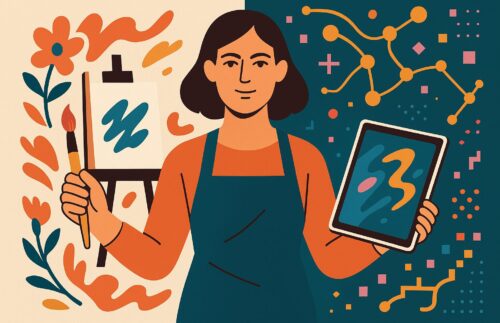When I first laid my eyes on this enchanting robot, I was immediately captivated. My initial reaction was an overwhelming desire to pet it on the head like a child. It did remind me a lot of one of my favourite Disney movies ‘WallE’.
This endearing robot , which by the way, still hasn’t got a name, possesses an extraordinary ability to convey emotions through its petite, child-sized frame. From its highly expressive head crowned with two wiggly antennae to its charming, stubby legs, it exudes an irresistible charm. However, what truly distinguishes this robot from other small bipeds is its unique way of walking—a display of personality that imbues it with a lifelike presence.
Over the past year, Disney Research has worked on developing a groundbreaking system that harnesses the power of reinforcement learning to translate an animator’s creative vision into expressive motions that are robust enough to operate seamlessly in diverse environments. Whether it’s a stage at IROS, a Disney theme park, or a forest ,this innovative technology promises to breathe life into robots like never before.
Led by Moritz Bächer, the research team has developed this expressive robot that combines artistry and robotics. This robot, primarily 3D printed with modular hardware and actuators, was rapidly designed and prototyped in under a year. It boasts a four-degree-of-freedom head and five-degree-of-freedom legs with dynamic balancing capabilities.
Disney’s unique challenge is to create robots that not only walk but also convey a wide range of emotions through movement. Their approach involves collaboration between animators and roboticists, bridging the gap between artistic intent and real-world robot capabilities. To achieve this, Disney Research has developed a reinforcement learning-based pipeline that uses simulation to merge the animator’s vision with robust robotic motions, significantly reducing development time.
The advantage of this approach is that it produces highly robust motions, adaptable to various real-world scenarios. The system trains the robot to handle itself while emoting, a challenge for traditional techniques. Disney’s innovative platform has the potential to be applied to a wide range of robot designs, making it hardware-agnostic.
Disney plans to expand on this technology to create more physical robotic characters with faster and more dynamic motions. While the specific robot showcased in the text remains unnamed, it represents just the beginning of Disney’s journey into creating expressive robotic characters.







